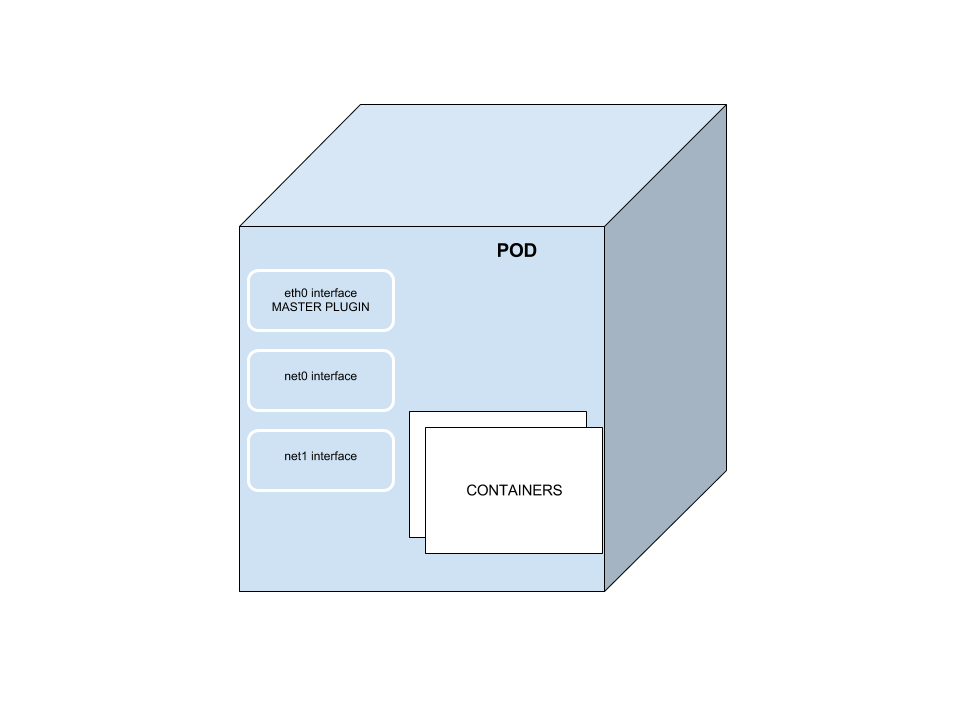This quickstart shows you how to easily install a Kubernetes cluster on VMs running with Vagrant. The installation uses a tool called kubeadm which is part of Kubernetes.
kubeadm assumes you have a set of machines (virtual or bare metal) that are up and running. In this way we can get a cluster with one master node and 2 workers (default). If you want to increase the number of workers nodes, please check the Vagrantfile inside the project.
[Multus](https://github.com/Intel-Corp/multus-cni) is a CNI proxy and arbiter of other CNI plugins.
With the help of Multus CNI plugin, multiple interfaces can be added at the same time when deploying a pod. Notably, Virtual Network Functions (VNFs) are typically requiring connectivity to multiple network interfaces.
The Multus CNI has the following features: - It is a contact between the container runtime and other plugins, and it doesn’t have any of its own net configuration, it calls other plugins like flannel/calico to do the real net conf. job. - Multus reuses the concept of invoking the delegates in flannel, it groups the multi plugins into delegates and invoke each other in sequential order, according to the JSON scheme in the cni configuration. - No. of plugins supported is dependent upon the number of delegates in the conf file. - Master plugin invokes “eth0” interface in the pod, rest of plugins(Mininon plugins eg: sriov,ipam) invoke interfaces as “net0”, “net1”.. “netn”. - The “masterplugin” is the only net conf option of Multus cni, it identifies the primary network. The default route will point to the primary network.
